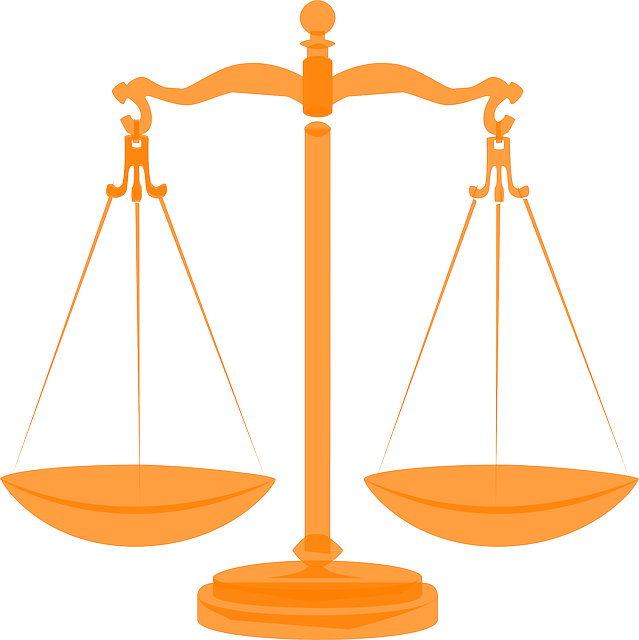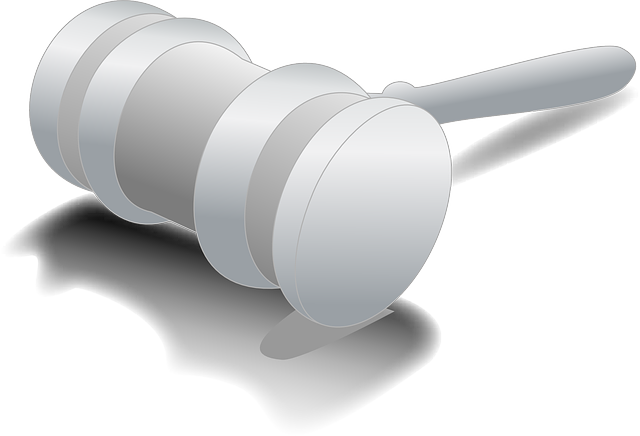Public corruption charges pose unique legal challenges due to complex financial schemes. Unlike personal injury cases, calculating damages in white-collar crime involves tracing intricate financial trails and assessing societal impacts. Defenses focus on mitigating intent or legal interpretations, while successful prosecutions restore trust in philanthropic and political sectors. Understanding calculating damages in personal injury cases aids in navigating this complex landscape.
“Public corruption charges have far-reaching implications, not just for politicians and public officials but also for the communities they serve. This article delves into the intricate world of these allegations, offering a comprehensive guide. We explore ‘Understanding Public Corruption Charges,’ their ‘Legal Implications and Defenses,’ and a unique focus on ‘Calculating Damages in These Cases.’ By examining real-world scenarios, we provide insights that mirror ‘Calculating Damages in Personal Injury Cases,’ shedding light on the restitution process.”
- Understanding Public Corruption Charges
- Legal Implications and Defenses
- Calculating Damages in These Cases
Understanding Public Corruption Charges

Public Corruption Charges are a serious matter that involves the misuse of power and public funds for personal gain. This can take many forms, from bribery and fraud to embezzlement and abuse of office. Understanding these charges is crucial in navigating legal complexities and ensuring justice. When individuals or entities are accused of public corruption, it often involves sophisticated schemes designed to evade detection. These may include complex financial transactions, shell companies, and off-shore accounts, making it a challenge to calculate the true damages.
In personal injury cases, calculating damages is straightforward compared to the intricate web of white collar and economic crimes. However, the impact on philanthropic and political communities can be profound. The integrity of these institutions depends on holding individuals accountable for their actions. Achieving extraordinary results in such cases requires a meticulous understanding of financial trails, legal precedents, and the specific allegations. By presenting clear evidence and navigating the complexities, legal professionals can secure justice and restore trust in these vital sectors.
Legal Implications and Defenses

When facing public corruption charges, individuals must navigate a complex web of legal implications and potential defenses. One significant aspect is understanding the concept of calculating damages in personal injury cases, which can be applied metaphorically to assess the harm caused by corrupt practices. In these situations, identifying quantifiable losses is crucial for both prosecution and defense strategies. The goal is to achieve extraordinary results through meticulous evidence collection and analysis, focusing on the impact of corruption on public funds, services, and trust.
The defenses available in such cases often revolve around challenging the intent, scope, or interpretation of corrupt acts. General criminal defense attorneys may argue that their clients acted without malicious intent or that the actions were not unlawful under specific circumstances. Additionally, philanthropists and political communities can play a role by fostering transparency and accountability mechanisms, which, when implemented effectively, can deter corruption and mitigate potential legal repercussions for individuals caught in these intricate cases.
Calculating Damages in These Cases

When it comes to public corruption cases, calculating damages is a complex process that requires meticulous analysis and an understanding of both the financial implications and the broader societal impact. Unlike personal injury cases where Calculating Damages in Personal Injury Cases involves assessing medical bills, lost wages, and pain and suffering, public corruption charges demand a more nuanced approach. The harm caused by such acts often extends far beyond individual victims, affecting entire communities and the rule of law itself.
In these scenarios, damages may include the cost of investigations, legal proceedings, and any recovered funds or assets linked to corrupt activities. Additionally, there might be indirect losses such as erosion of public trust, diminished government efficiency, and the burden on future generations. Winning challenging defense verdicts in these cases not only requires a robust legal strategy but also demonstrating the full extent of the damage caused, which can lead to a complete dismissal of all charges if the evidence and arguments are compelling enough.
Public corruption charges are a serious matter with significant legal and financial consequences. Understanding these charges, their underlying implications, and available defenses is crucial for both individuals facing such accusations and those seeking justice. When it comes to calculating damages, similar principles to those in personal injury cases apply, focusing on the harm caused and the need for restitution. By examining these aspects, individuals can navigate the complexities of public corruption trials and strive for fair outcomes.






